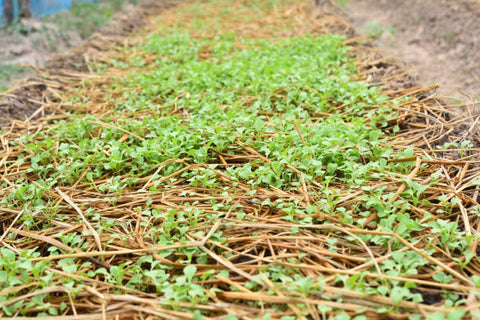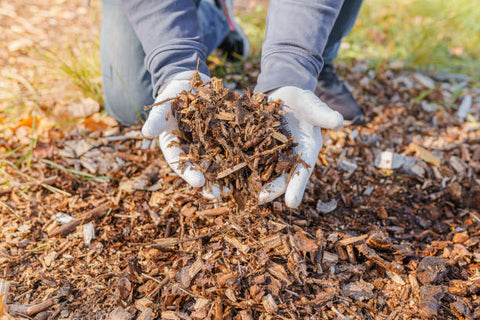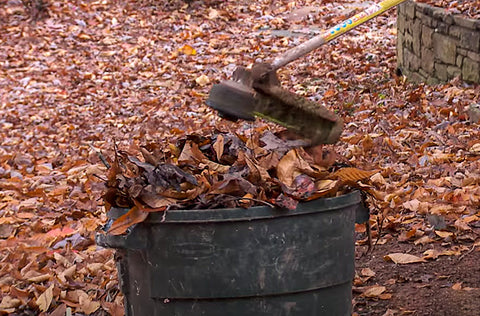+91 9493616161
+91 9493616161

Mulching is a practice that offers numerous benefits:
Kadiyam Nursery suggests various mulching materials, each with its benefits.

Straw is a lightweight, inexpensive mulching material. It's particularly effective in vegetable gardens, promoting a healthy and productive crop by retaining moisture and suppressing weeds. However, ensure it's seed-free to prevent unwanted plants from sprouting.

Bark chips are ideal for ornamental gardens, offering a neat appearance while providing the benefits of moisture retention and weed suppression. They decompose slowly, adding organic matter to the soil over time.

Leaf mold, made from decomposed leaves, is an excellent material for improving soil structure. It enhances water retention and adds nutrients as it breaks down. It's especially beneficial in beds and borders.
For more detailed information on mulching and to explore a wide range of gardening resources, visit Kadiyam Nursery's official website. This platform offers a plethora of gardening guides, tips, and insights into effective garden management practices.
For further reading on the benefits of mulching and detailed guides on how to apply different types of mulches, consider visiting trusted gardening websites such as:
By incorporating the practice of mulching into your gardening routine, you can significantly enhance the health and vitality of your garden. Not only does it contribute to a more sustainable gardening approach by reducing water use and chemical inputs, but it also promotes a thriving ecosystem in your own backyard.
Realty Adda presents prime agricultural lands for sale, perfect for those seeking investment in farming, horticulture, or sustainable development. Each plot is located in fertile, well-connected areas, making them ideal for both small-scale and large-scale farming endeavors. Whether you're looking to cultivate crops, create orchards, or simply invest in land that promises growth, our listings have options suited to every need. Discover valuable land to cultivate your future with Realty Adda!
View Agricultural Lands
Leave a comment